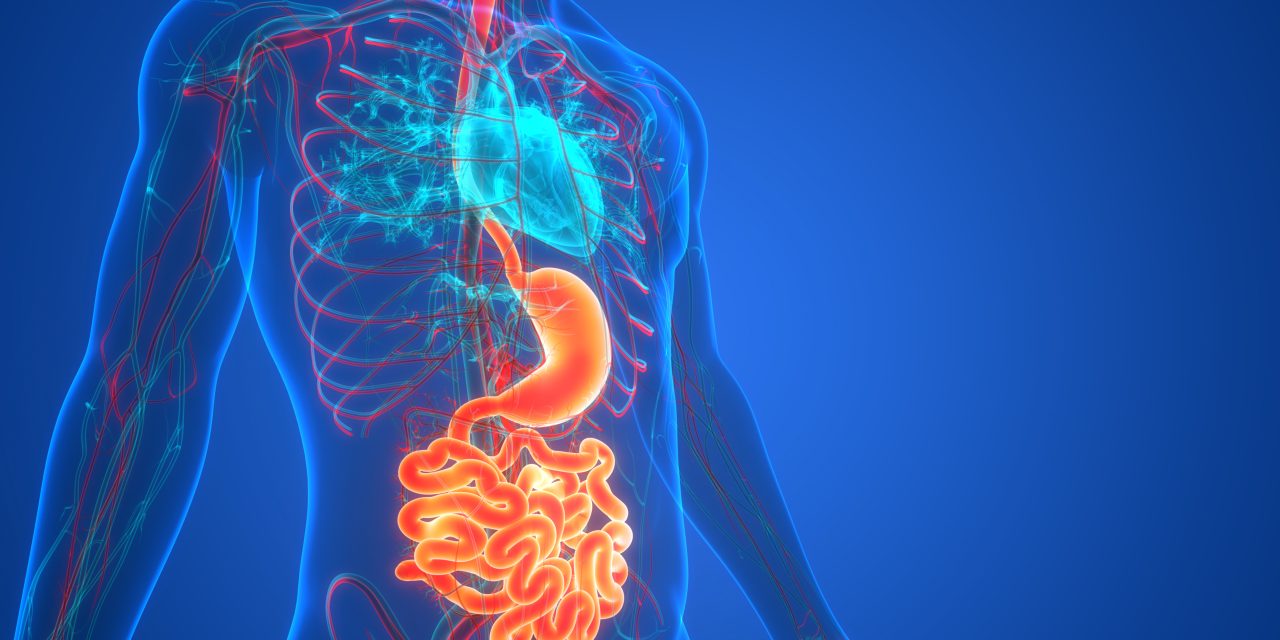Laparoscopic Nissen fundoplication is considered the current gold standard of surgical treatment of gastroesophageal reflux disease. Magnetic sphincter augmentation with the LINX device was developed as a less technically challenging alternative that has proven to be a safe and effective surgical antireflux procedure. Despite rapid adoption of the robotic platform in many areas of general surgery, no studies have compared laparoscopic and robotic approaches to placement of the LINX device. This retrospective study is the first to compare the robotic platform with the laparoscopic approach for minimally invasive LINX placement. We conducted a retrospective review of a total cohort of 20 patients who underwent LINX placement with hiatal hernia repair at our institution. Half of the patients underwent surgery using laparoscopy and the other half with robotic technology. Patient characteristics, surgical outcomes, and charge differences were analyzed. We found that there were no significant differences in hospital length of stay, surgical outcomes, use of proton pump inhibitors (PPIs) postoperatively, or postoperative dysphagia. Patients undergoing robotic surgery had longer operative time (139 ± 25 minutes versus 81 ± 14 minutes, < .01), higher intraoperative charges ($8980 ± 275 versus $7239 ± 355, < .01), and higher charges associated with their hospital stay ($45,037 ± 4112.41 versus $39,565 ± 3731.64, < .01). In comparison with laparoscopic LINX procedures, robotic LINX does not offer superior surgical outcomes in terms of postoperative PPI use, dysphagia, or hospital length of stay. Robotic LINX procedures are associated with increased operative time and overall charges.
Robotic LINX Placement: Is It Worth It?


